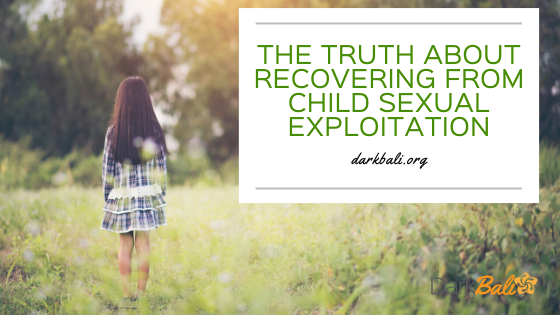How long does this take? As a caregiver, it is hard to not want to rush the healing process for the children in our care. They often enter aftercare an absolute wreck. Some are angry and rebellious having run away from home and want to return to their lives on the street every day. Others are deeply fearful and distrustful having never experienced a single loving relationship with anyone. Very nearly all of them come to us with STDs and significant health issues like eating disorders, reproductive damage, and malnutrition. How does a caregiver even begin to help them pick up the pieces?
The thing about childhood trauma is that it has a deep and lasting impact. What caregivers have noted for years is now being proven by science. It is not just the mind and spirit that is affected; the body is literally changed as well. Recent research is showing unquestionable links between childhood trauma and things like asthma and lung cancer. Just in terms of brain development, we know that ongoing trauma actually changes the way a child develops, often leaving them with inhibited ability to think and speak clearly and a decreased ability to understand cause and effect. This alone makes recovery a hard process. How do you help a child learn to make autonomous choices when she can’t articulate her own thoughts and she struggles to understand the implications of her own decisions?
To care for a child leaving the commercial sex industry, a caregiver absolutely must think in terms of holistic care. We have to realize that brain development has been compromised and slowed. We have to realize that basic things like autonomy, self-awareness, and personal boundaries have sometimes never been learned. We have to realize that in addition to the literal and figurative demons that child survivors face, they are fighting with their own bodies for basic health. So with these realizations, we are back to our first question: how long does it take to see a child survivor heal?
The answer is… a really, really, really long time. The unfortunate reality is that trauma has changed them forever. They will never be who they would have been without their experiences. The hopeful thing is that most of them CAN overcome developmental delays, bad habits, and fear. They can learn to care for themselves and to affirm their own value. They can begin forming healthy relationships and learn to cope with the health costs of their trauma. But it’s a long road.
What good aftercare does is not heal a child. That simply isn’t possible in a year or two recovery program. A good recovery program equips a child to find healing. It lays a foundation of worthiness, teaches them how to develop safe boundaries and good relationships, and how to navigate real life safely. Good aftercare gives a child the tools that she needs to continue walking toward healing long after she has left the program. What this means is that aftercare center staff have an enormous responsibility, but in many ways even more responsibility rests on the shoulders of the community that receives a recovering survivor. Recovery comes from the combined efforts of professionals, loving neighbors, friends, safe families, and guardians as well as the child herself. As a community, we must be committed to seeing our children restored even if it takes a long time.
(As an organization primarily focused on equipping those on the frontlines, Dark Bali honors caregivers who experience these kinds of stories over and over and yet continue to love and serve victims and survivors with their whole hearts. While they care for survivors, we care for them by providing training on important topics like trauma, therapeutic techniques, and secondary trauma. To partner with Dark Bali in order to serve all of our coalition partners, contact us or become a financial partner.)







1:51 pm
So very true, very good perspective and information.